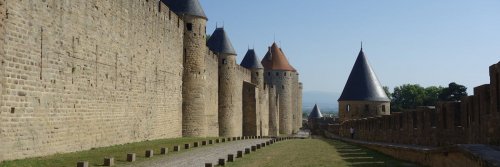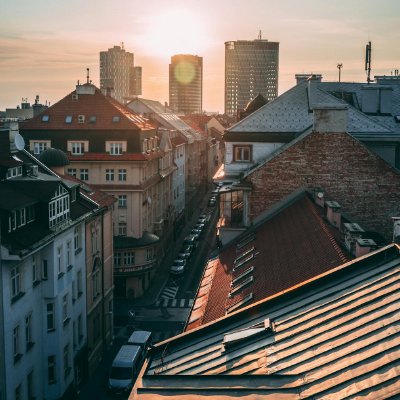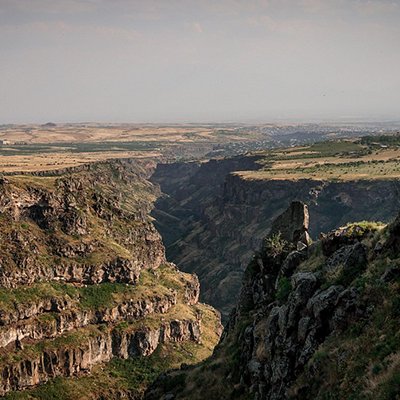A monument of grand proportions and a testament to the ingenuity of long-ago people, the fortified hilltop town of Carcassonne is awesome to see. Love it for its majestic standing, or think a visit to Carcassonne is a bit on the 'Disneyland' side; this restored town, which can be overflowing with tourists, is worth a visit for the architecture alone.
The double ramparts evolved over centuries. The story of the walls began before the Roman period when this hilltop was home to a fortified settlement. After the Romans invaded during the period known as the Gallo-Roman era in the 3rd Century, the simple medieval fortifications became more complex, featuring wide bays and horseshoe-shaped towers, as well as the blending of cultural beliefs in artistic styles. The Gallo-Roman period saw the evolution of a fusion of both Gallic and Roman lifestyles and customs. Architecture adopted a combination of Roman forms but with Gallic motifs, and religion became a melding of Roman deities with Gallic gods, as seen in Roman-style temples that were often littered with Celtic sacred spaces. The Romans spoke a somewhat vulgar form of Latin that eventually transformed into the Gallo-Romance languages such as French. And Roman clothing, food, and entertainment filtered into the daily lives of the local Gauls.
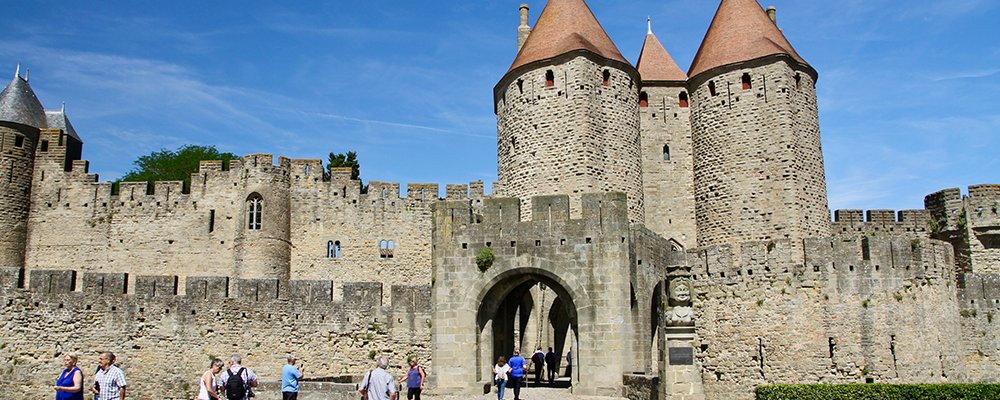
After the Visigoths (Germanic people) had sacked Rome in 410 CE, they moved westward to make their mark on southwestern Gaul, which is modern-day France. It was during the 5th and 6th Centuries they inhabited the town of Carcassonne. They merely rebuilt the crumbling walls of the original fortifications, predominantly without altering the architecture, to strengthen their defense against invaders.
It wasn't until the 13th Century, when Carcassonne was under the umbrella of the French Royal domain in 1226, that the outer wall of the rampart and five mountain castle sentinels were constructed for protection during the bloody Albigensian Crusade (aka the Cathar Crusade). Brought about by Pope Innocent III, it was an attempt to eradicate Cathar heresy in the south of France, particularly in the Languedoc region. This savage battle raged on for about twenty years, fraught with sieges. Carcassonne became the border fortress perched between the Crown of Aragon and France, a military and administrative hub for the French from the 13th to the 19th Centuries despite its role diminishing after 1659. It was during these years, particularly as a result of the 1789 French Revolution, that the ramparts of Carcassonne became a victim of destruction and pillage.
To truly appreciate the historical value of Carcassonne, one must realize exactly how incredible the defensive walls were throughout their tumultuous life. Carcassonne had an immense defense system predominantly built during the 13th Century. Its defenses included two enclosures containing streets dotted with houses, a Gothic cathedral, and a castle with associated buildings, all of which were surrounded by barriers. Twenty-six circular towers on the inner ramparts, and nineteen round towers, of which three were barbicans—defensive structures built to 'choke' any invading armies before they reach the main city walls entailing arrow slits and floor openings to pour boiling oil down onto invaders. The whole shebang is surrounded by moats and has only two main entrances into the township—the Porte Narbonnaise and the Porte de l’Aude.
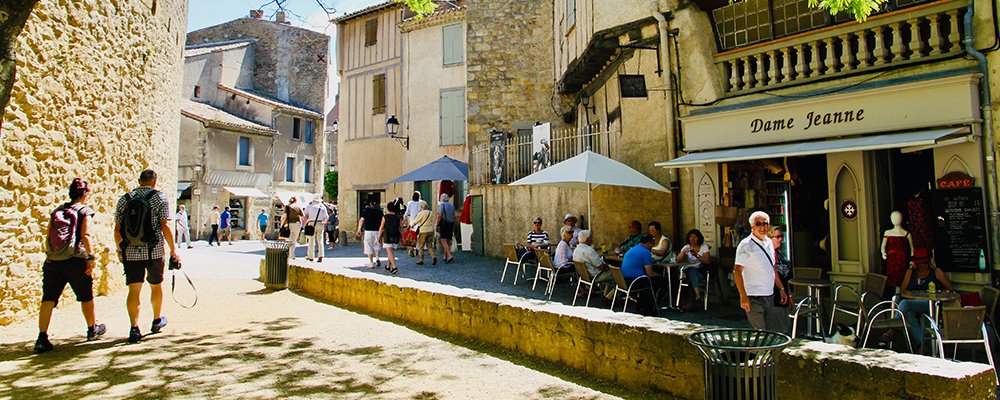
A UNESCO World Heritage site, its authenticity is preserved in the zigzag ramparts of thick walls, spiky turrets, and towers, as well as the Saint-Nazaire Cathedral with its beautiful 14th-century stained glass windows and sculptures whispering secrets from long ago. Resembling a fairytale vision of what medieval castles would have looked like in their time, Carcassonne is the crowning glory atop a steep and jagged rock spur dominating its surroundings of vineyards and hills. Quaint, narrow streets are now adorned with touristy shops and cafes featuring outdoor terraces that showcase local wines and regional specialty dishes, such as cassoulet, crêpes, foie gras, and confit de canard, with truffles appearing in many sauces or dishes.
Covering over 3.5 hectares, the fortified city of Carcassonne is one of the largest in Europe, perched near another UNESCO World Heritage Site, the Canal du Midi. Arriving by car, you will meander along empty country roads, weaving your way through the Black Mountain forests with intermittent glimpses of the stunning Pyrenees Mountains peeking above waves of row upon row of grape vines standing in uniformity like an army of soldiers.
Gail Palethorpe, a self proclaimed Australian gypsy, is a freelance writer, photographer and eternal traveller. Check out her website Gail Palethorpe Photography and her Shutterstock profile.

